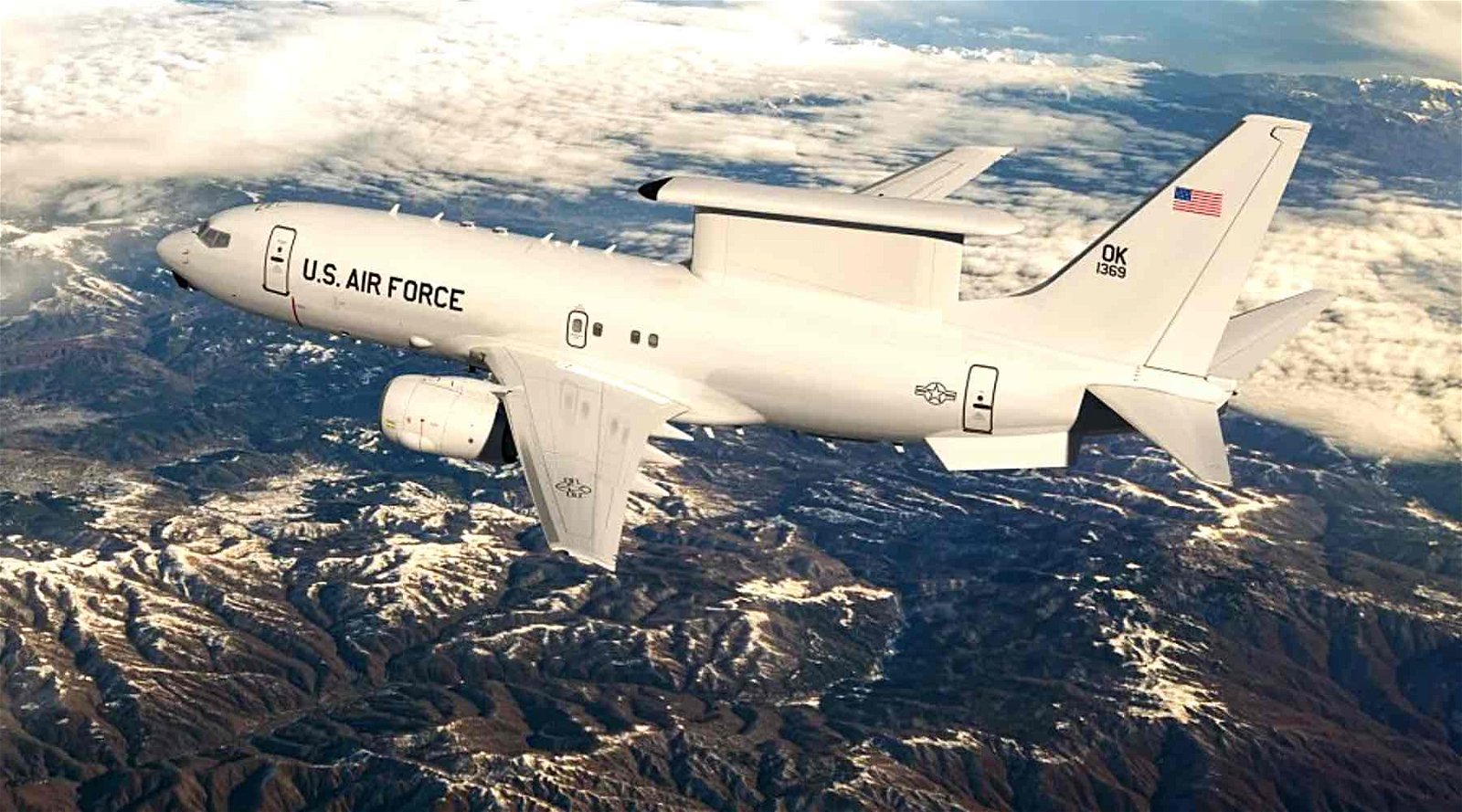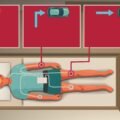The U.S. Air Force is set to be equipped with a formidable new combat-proven electronically scanned array system, which will enhance both air and maritime sensing capabilities.
Longtime aerospace and defense technology provider Northrop Grumman announced this week that it will provide its Multi-Role Electronically Scanned Array (MESA) Surveillance Radar systems to the Air Force as a component of the Boeing E-7 Airborne Early Warning & Control (AEW&C), a force multiplier that offers aircraft enhanced capabilities for detection, communication, integration, and other assets to both ground and air performance during missions.
The company says its MESA sensor’s long-range sensing capabilities will facilitate significantly enhanced detection and identification in some of the most challenging environments that will provide improved operations for air battle management and early warning capabilities.
Ed Griebel, Northrup Grumman’s vice president of airborne surveillance programs, said the company’s MESA sensor will equip the Air Force with “critical multi-domain awareness to enable decision superiority for the range of mission requirements today and into the future.”
Griebel added that the MESA sensor is designed to “bring unmatched, decisive air battle management sensing capabilities including long range first detect and first engagement in the battlespace,” according to a statement issued this week.
The development of the MESA sensor and the entire Boeing E-7 weapons system were driven by new challenges presented in the 21st-century warfare environment. Issues that include the increasing necessity for the identification of targets at great distances and a need for enhanced detection capabilities under a range of challenging combat conditions have led to the creation of systems like MESA to ensure the U.S. military maintains its advantage over any battlefield.
An electronically scanned array (ESA) surveillance radar, the MESA radar system is designed for use with Boeing 737-based aircraft. Observing the skies around the warplane, it collects information in a full 360 degrees around the aircraft, allowing its crew to detect and track both airborne and maritime targets as the radar maintains continuous surveillance of its expanded detection range within the operational area.
Although Airborne Active Electronically Scanned Array (AESA) technology is already in use by various countries around the world, MESA will improve the ability of operators to focus on priority missions, in addition to an enhanced ability to revisit targets with accuracy and relay potentially crucial mission data within a quick-paced battle environment.
Currently, Northrup Grumman says that several countries have field tested the E-7 system, including South Korea, Turkey, and Australia. The United Kingdom will also soon employ the technology with its own E-7 AEW&C fleet.
Griebel added on Monday that the company will “look forward to enabling global allied interoperability in partnership with Boeing” as the MESA radar system enters production for the U.S. Air Force’s existing E-7 aircraft.
Micah Hanks is the Editor-in-Chief and Co-Founder of The Debrief. He can be reached by email at micah@thedebrief.org. Follow his work at micahhanks.com and on Twitter: @MicahHanks.

